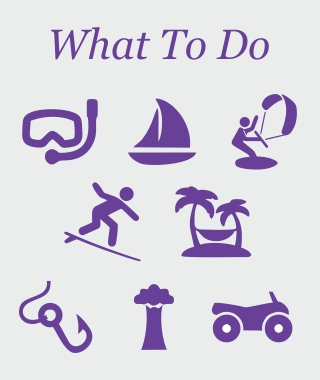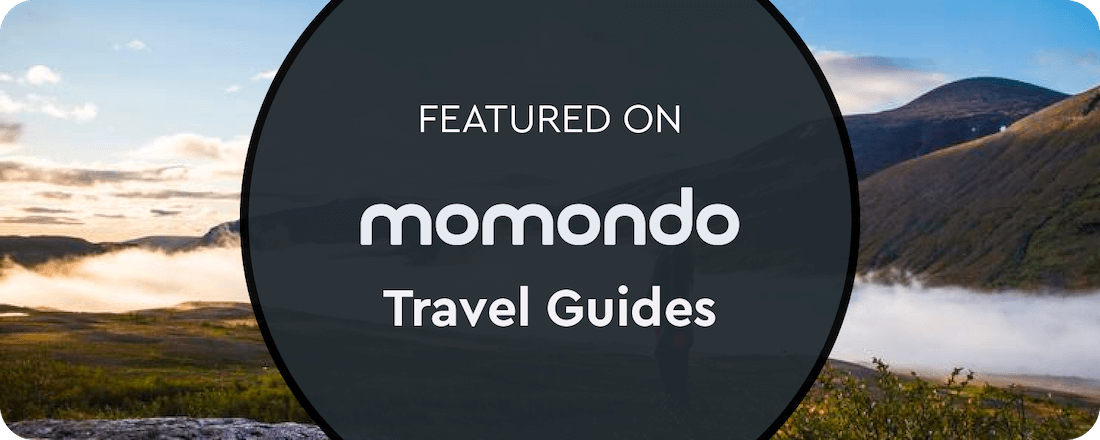Anakao. A piece of heaven just for you
If a holiday beach should one day be able to be part of your most beautiful memories, if you are looking to experience a cultural journey initiated by your unwavering passion for the discovery of new destinations where authentic values and now forgotten rhythms, Anakao offers you great emotions.
This famous village is located at this corner of the island, where time seems to have stopped a few decades ago. The main attractions of this area, where scrubby dunes meet ocean, are the simple pleasures of sun and sand. The area is getting a world-class name for surfing and wind- and kitesurfing rather as much as snorkeling and diving, marine life can be very worthwhile and the weather conditions are usually good. Whale-watching is also good here during the migration season, from July to September. And if you’re interested in local culture, you’ll find the big painted cement tombs of Vezo ancestors, near the point, fascinating.
This large Vezo village is good accessible only by boats. Before even reaching Anakao by the sea, the crossing gives already a first impression of what awaits you at the village. The beauty of the ocean with a turquoise sea mixed with the green emerald tickling of the coastal landscape of sand embellished by the rare thickets and of coconuts… The traversed coast is swept quasi-constantly by the “tsiokatimo” – southern wind.
Not far from the coast, on the level of the lagoon of Saint-Augustin, you cross the coral barrier and his wall of silver plated scum. You appreciates the place where the Onilahy River meets by the lullaby of its lapping the sea of the Channel of Mozambique. Per moment, a ballet of dolphins escorts the crossing of the sea. As one moves ahead, one sees travelling the coast with its landscape of mangroves, white sand dunes, specific forests which dissimulate in its center some fishermen dwellings; before it let appear only high cliffs dominating the bay of Saint-Augustin. The peaceful sea, beautifully colored by the blazing of the sunlight announces the arrival at Anakao. From certain distance, the village is summarized with a long string of variety of burning colorful dugouts canoes and the brownish spots of the huts. While arriving at the village, one enjoys the fine and incandescent sand from which one can encounter the daily life of Vezo.
By the end of the day, especially during the southern summer (December till March), one can enjoy an amazing spectacle of sunset. At dusk, another traditional rite brings life the village. Typical music of the south of Madagascar like Tsapiky, Banaike, etc… enters in scene for an animation to amaze you by the beautiful star lights, on the beach. The night thus goes on by the rhythm of ancestral instruments such as the kabosy, typical of this area. Their sonority is usually associated the sound of Amponga or Djembe (drum).
We can ensure you that Anakao is the ideal place for relaxing for a few days! The village of Anakao is also one of the rare occasions to join the tropic of Capricorn and to pass, from one side to another, a tropical zone to a moderate zone. This tropic of the southern hemisphere passes exactly on this place. Anakao, with Nosy Ve which is just of short canoe ride distance, offers a bathing place and especially a place intended for snorkeling and diving to enjoy the thousands of species of underwater sea-beds at the level of the coral barrier. The sea in this area of Madagascar is just like a natural size almost unlimited aquarium. It offers a much-diversified choreography of multicolored fish like starfishes, lobsters, shells trained as faithful spectators of the splendid corals. Anakao and its sea are also a place coveted by surfers and windsurfers with the Tsiokatimo strong wind. Like Ifaty-Mangily, this place can be the final nail of the adventure of the tour of the Highlands towards the South of the island to relax.
The southwestern coast of Madagascar is, together with Nosy Be and Sainte Marie islands, Diego Suarez and Ifaty-Mangily, the best place to practice Surfing, kitesurfing, diving and snorkeling, whale watching. Anakao it is the perfect base camp for a few days around.
When did you do something new for the last time? You can of course, and we recommend it, practice scuba diving or whale-watching with us, but also,
ENJOY THESE... experiences:
visit Nosy Ve. The visit to the nearby island of Nosy Ve with a traditional pirogue is a big favorite and highly recommended;
visit Tsimanampetsotsa National Park. The park is an hour and a half an away. It will allow you to discover the Park, the vegetation of the region, the villages around, beautiful beaches of the southwest coast ... In summer it happens to see whales in front of the village of Ambola.;
hiking near Anakao. Turning towards the sea, Anakao is not lack of interest in its hinterland for who wants to discover the region;
take a quad and explore the surroundings. For a more dynamic afternoon, quad bikes are usually an ideal way for discovering the surrounding areas of Anakao with the fishing village, the spiny forest and the old French railway and the sand dunes.
visit Nosy Satrana - is a small island where the fantastic colors of the lagoon are unique, a dozen kilometers further south, next to the famous pass of Mangoro, whose main inhabitants are herons, and, according to the local believes, also the spirits of ancestors than live under the shading branches of a large tamarind tree on the north of the island;
sailing the lagoon or the reef on 'pirogues' or by highly secured boat (two engines) - a whole day excursion or just for the morning, with snorkeling in the morning and picnic with lobster;
traditional fishing or deep sea fishing or trolling rod fishing - with the traditional canoes or with the speed boat, you can practice all types of fishing with local fishermen in the vicinity of Anakao;
kitesurfing (with training, if necessary). Our instructor will be at your disposal with the possibility to rent equipment, take introductory or advanced courses, organize day trips with picnics. A unique opportunity to discover kitesurfing, this spectacular sport and quickly accessible to all!;
water skiing (with training, if necessary) and Kayaking. We offer small kayaks for guests to enjoy in the lagoon or surf the small waves. An enchantment for children!;
take a jet ski and explore the surroundings. Is possible to organize excursions with jet ski;
Humpback whale-watching in Anakao. Each year, from July to September, an impressive daily show, very close to the coast of Anakao, just behind the island of Nosy Ve;
The Anakao Glacier. A few hundred meters of walk along the beach of Anakao discover Nad'Mad, the glacier. In an exceptional landscape you can taste homemade products made from fresh fruit, varying according to the seasons. A moment of extraordinary relaxation in a garden of endemic flora of the south of Madagascar;
romantic trip. This is one of Anakao’s more romantic excursions, ideal for honeymoon couples, but not only for them. You go out by boat in the late afternoon to reach the island of Nosy Satrana where a cocktail with or without alcohol (your choice) or glass of fine South African wine or delicious aperitif will be served. You admire the sunset as the Anakao sky is tinged with a thousand shades from orangey red to violet. Delightful dinner will be served on the beach of Nosy Satrana.
surfing (with training, if necessary). Madagascar is one of the high places of surfing and Anakao internationally recognized for its surf spots;
scuba diving. If you come to Madagascar for scuba diving, you are in the right place.
snorkeling. Here is considerably better than in Ifaty-Mangily. Half-day snorkeling tours are done with a guide out on a boat. Discovery of the lagoon underwater, you will dive into a real aquarium of tropical fish and corals in complete freedom;
have a drink and merely get a massage, a tan or sleep on the beach...;
diving school in Madagascar. Ndao-i-Travel together with our partner The Madagascar-Anakao scuba diving school (the center has a part CMAS Training School and a diving club open to all, PADI, NAUI, CMAS and other divers, as well as novices) prepares you under excellent conditions for CMAS patents.
You can book various excursions. Many other excursions are possible on request. We make every effort to ensure the satisfaction of our customers by providing a quality service.
Welcome to Anakao! Strung out along a series of perfect semicircles of white-sand beaches and looking out over turquoise waters, Anakao is laid-back in the finest tradition of small seaside Malagasy settlements. It's our pick of the options along the Southern Reef coastline. Excellent sleeping and eating options round out a fine all-round destination.
Watch more photos about Anakao here.







